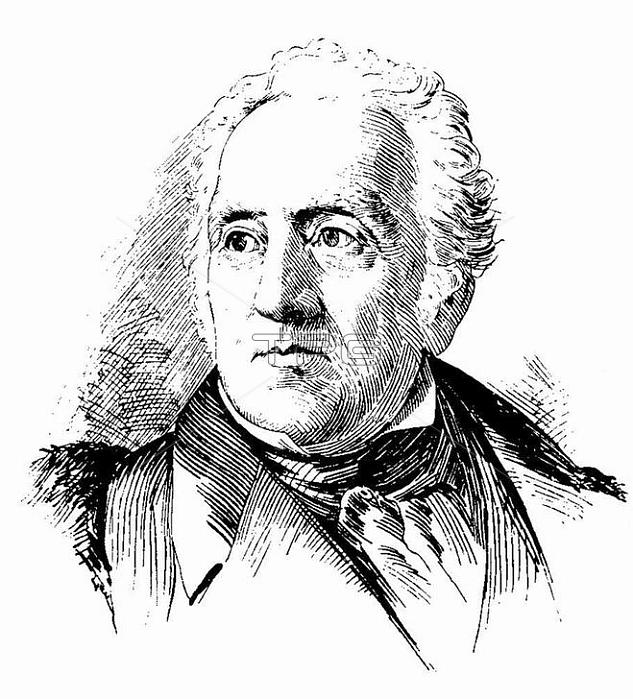
His parents; James Perkins and Elizabeth Peck; had ten children in eighteen years. When Perkins was twelve; he was in the crowd which first heard the Declaration of Independence read to the citizens of Boston. The family had planned to send Perkins to Harvard College; but he had no interest in a college education. In 1779 he began working; and in 1785 when he turned 21 he became legally entitled to a small bequest that had been left to him by his grandfather Thomas Handasyd Peck; a Boston merchant who dealt largely in furs and hats. Until 1793 Perkins engaged in the slave trade at Cap-Ha飔ien Haiti.
In 1785; when China opened the port of Canton (now Guangzhou) to foreign businesses; Perkins became one of the first Boston merchants to engage in the China trade. He sailed on the Astrea to Canton in 1789 with a cargo including ginseng; cheese; lard; wine; and iron. On the trip back it carried tea and silk cloth. In 1815 Perkins and his brother James opened a Mediterranean office to buy Turkish opium for resale in China.
Perkins was also a major industrial investor within Massachusetts. He owned the Granite Railway; the first commercial American railroad; which was built to carry granite from Quincy quarries to Charlestown for construction of the Bunker Hill Monument and other city buildings in Boston. He also held significant holdings in the Elliot textile mills in Newton; the mills at Holyoke and Lowell; New England canals and railroads; and lead and iron mines including the Monkton Iron Company in Vermont. In addition; Perkins was politically active in the Federalist Party; serving terms as state senator and representative from 1805-1817.
In later years Perkins became a philanthropist. In 1826; he and his brother; James Perkins; contributed half the sum of $30;000 that was needed for an addition to the Boston Athenaeum; and the old Boston Athenaeum Gallery of Art was moved to James Perkins's home. The Perkins School for the Blind; still in existence in Watertown; Massachusetts; was renamed in his honor after he donated his Boston mansion to the financially troubled 'Massachusetts Asylum for the Blind' in 1832. He was also a major benefactor to the Boston Museum of Fine Arts; McLean Hospital; and helped found the Massachusetts General Hospital. Pictures From History
| px | px | dpi | = | cm | x | cm | = | MB |
Details
Creative#:
TOP19387483
Source:
達志影像
Authorization Type:
RM
Release Information:
須由TPG 完整授權
Model Release:
No
Property Release:
No
Right to Privacy:
No
Same folder images:

 Loading
Loading